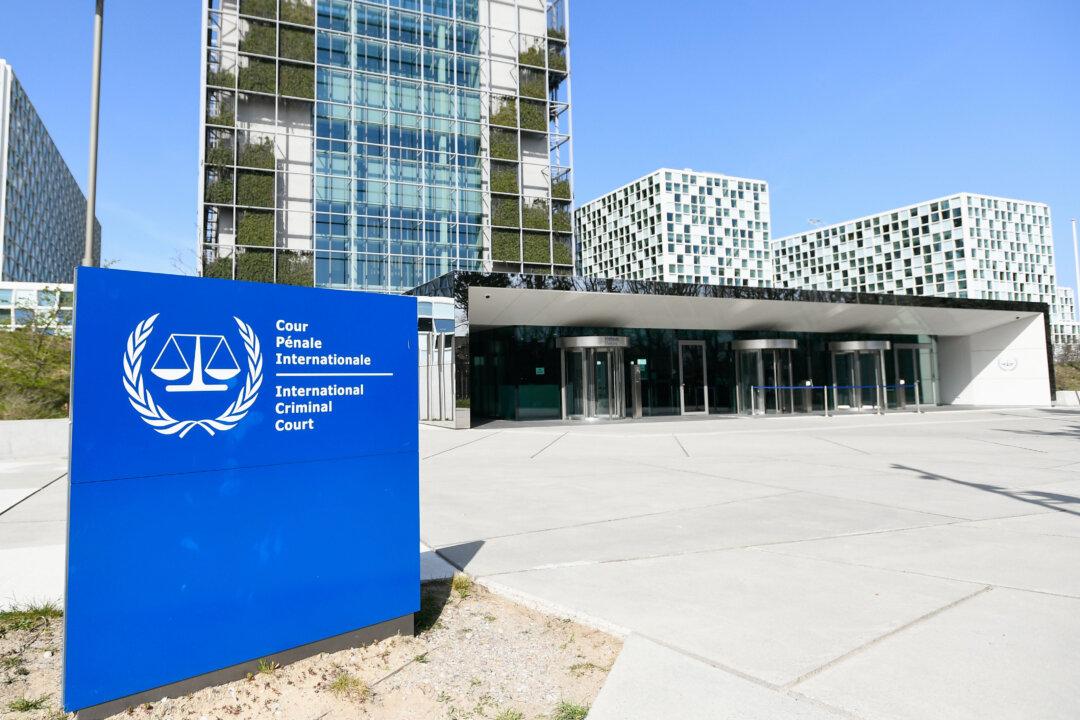The rate of inflation in the euro area* increased in January, driven by a surge in energy prices, with the ongoing Russia–Ukraine conflict threatening to drive it up even further.
For the first month of 2022, the annual inflation rate was 5.1 percent, up from 5 percent in December, according to a Feb. 23 report (pdf) published by Eurostat, the statistical office of the European Union. The inflation rate for January 2021 was only 0.9 percent. The annual inflation rate in the European Union was 5.6 percent in January 2022, up from 5.3 percent in December 2021 and 1.2 percent in January last year.





